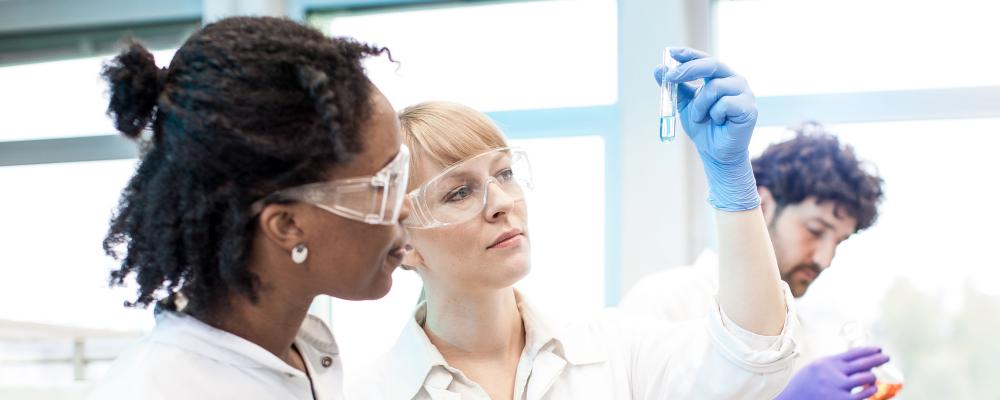Portal Our Laboratories

Tropical Pests and Pathogens (RAPT) unit (Saint-Pierre, Reunion Island site) of the Plant Health Laboratory
Head of Unit: Aude Chabirand
7, chemin de l'Irat 97410 SAINT-PIERRE/Ile de La Réunion
Email: saint-pierre.lsv@anses.fr
The Tropical Pests and Pathogens (RAPT) unit is located within the technology platform of the 3P plant protection unit, which is the largest overseas site of the French Agricultural Research Centre for International Development (CIRAD) and the only site specialising in plant health and crop protection. The site of the 3P unit also hosts research teams from CIRAD and the University of Reunion Island, within the Plant Communities and Biological Invaders in Tropical Environments (PVBMT) joint research unit (UMR).
Reference activities
The RAPT unit has two National Reference Laboratory (NRL) mandates, in bacteriology and virology, with a focus on tropical plant sectors in overseas France.
Methodological work constitutes its main activity and focuses primarily on bananas, citrus fruit and pineapple as well as tropical tubers, with the aim of meeting the health requirements set out in the legislation of the four plant protection areas of overseas France, which are the Caribbean, French Guiana, Mayotte and Reunion Island, and also that of other overseas territories.
Research activities
As part of the Diagnosis and epidemiology of tropical plants (DIAGEPITROP) research agreement signed with the PVBMT UMR, the unit carries out research activities focusing on three themes:
- knowledge of emerging pathogen populations;
- development of innovative diagnostic methods;
- international health monitoring.
This partnership has given rise to several collaborative theses, dealing with pests and major topics for plant health in overseas France, in particular bacterial diseases caused by the Ralstonia solanacearum species complex, citrus canker caused by Xanthomonas citri pv citri, and citrus greening disease caused by Candidatus Liberibacter asiaticus. The epidemiological approaches used in this work are implemented jointly with the epidemiological surveillance platform for plant health (ESV).